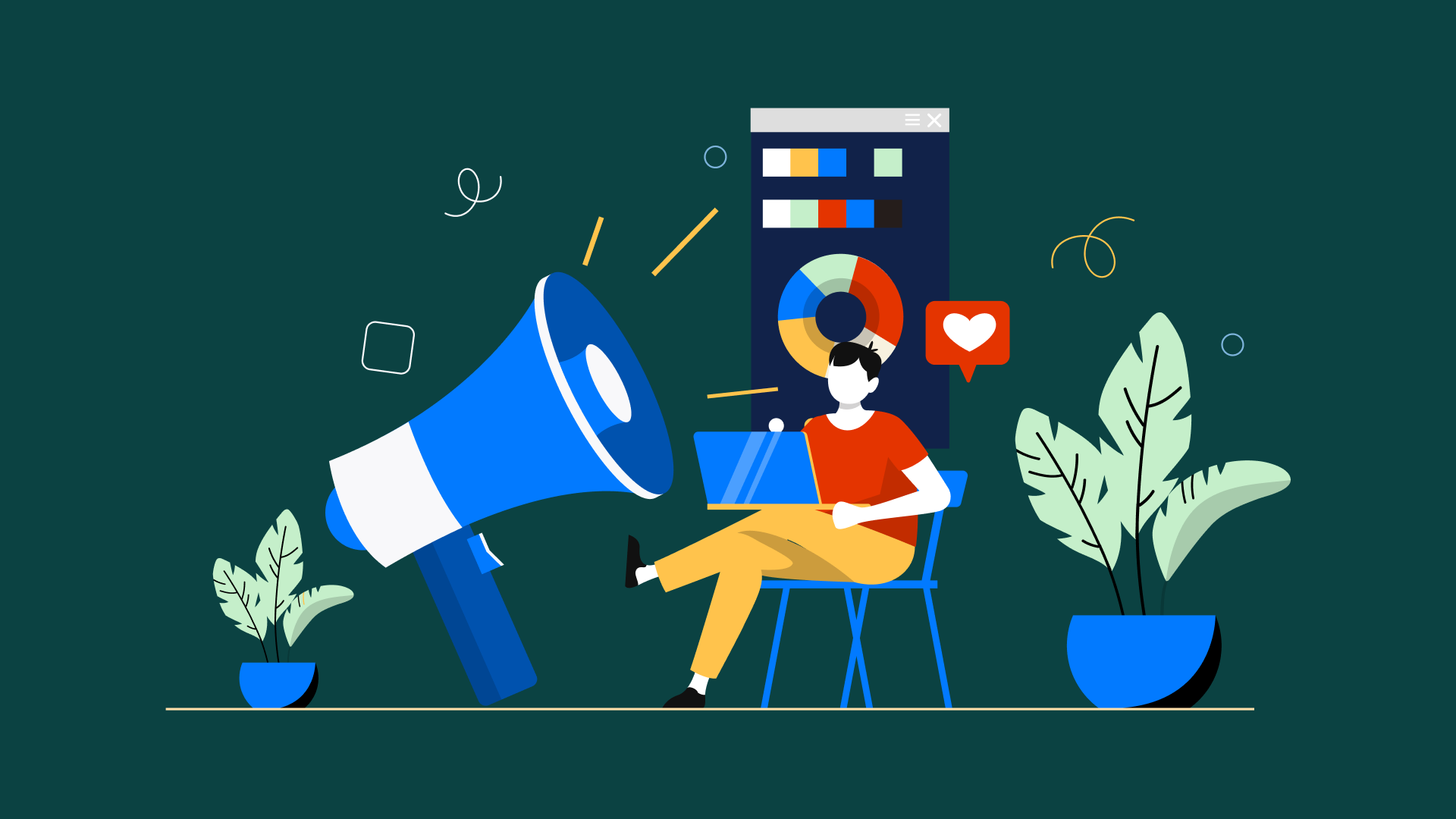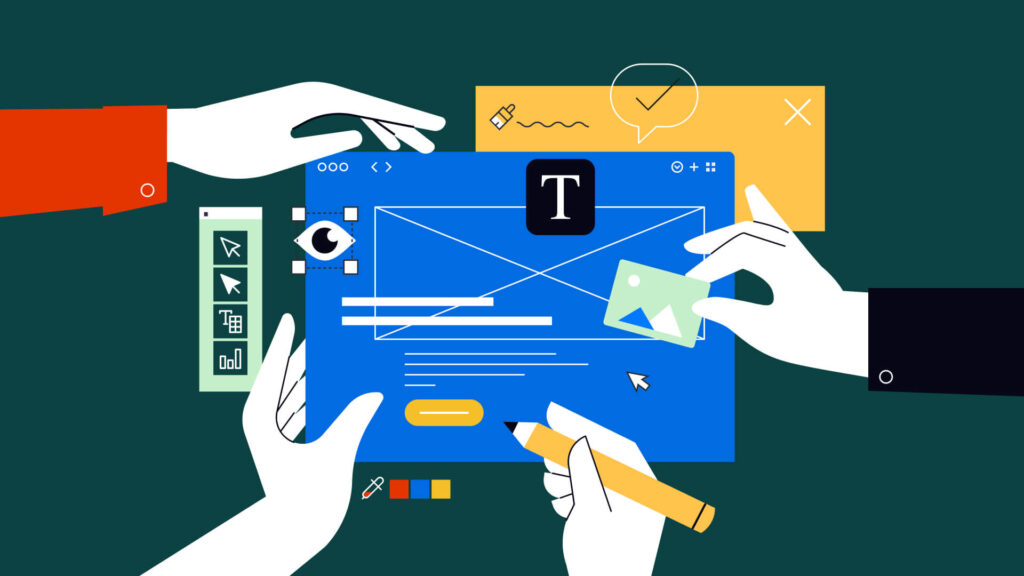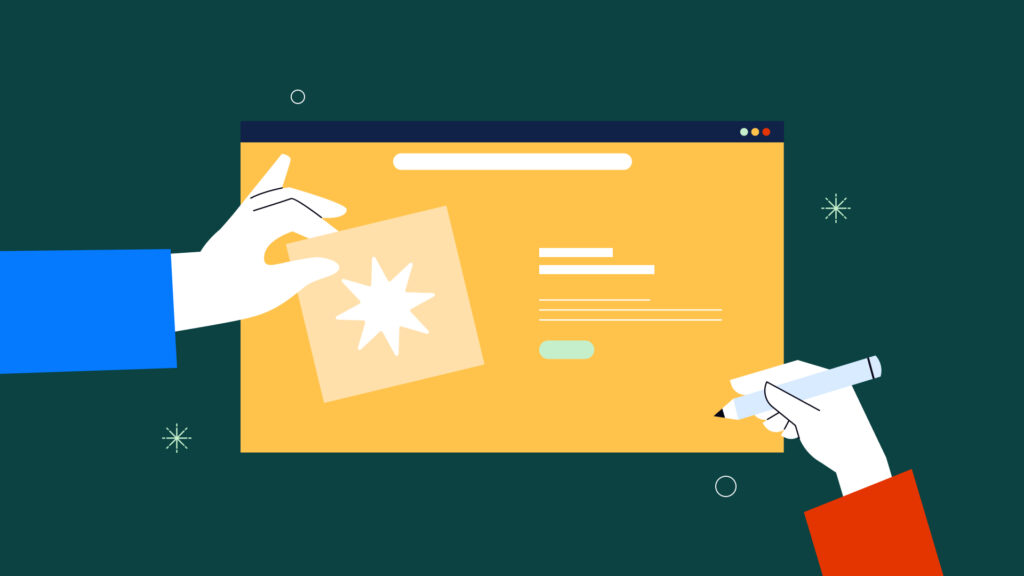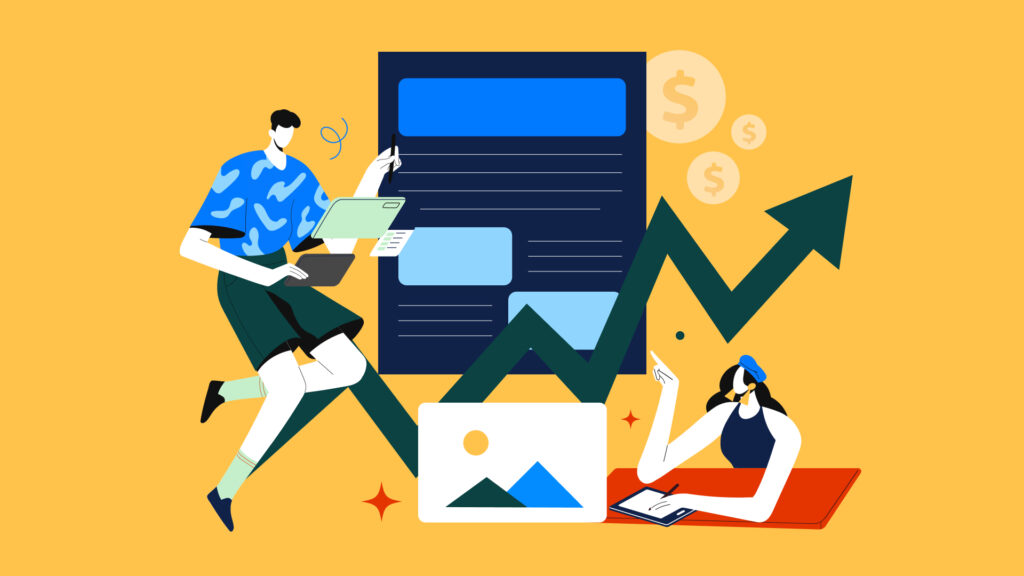Have you heard of social impact design?
Often referred to as ‘designing for social good’, ‘design for social impact’ or ‘social design’, it’s a concept that puts human needs at the forefront of any design project.
Put simply, social impact design is intended to generate positive change, be it environmentally, economically, or politically.
Its very ethos is to design for accessibility, inclusion, empowerment and community, especially for voices and marginalized sectors that are the most vulnerable within today’s society.
But it’s not an easy feat.
In this article, we’ll walk you through the fundamentals of designing for social impact, with some examples from businesses that have done it well, to light the fire in your belly.
What does it mean to design for social impact?
It comes down to human-centric, or human-first, design.
This isn’t about designing a product, a landing page, or a website that looks phenomenal, it’s more than that.
It’s about designing a product, campaign, or service that positively impacts people’s lives, prompting people to challenge their perceptions and take positive action.
Social impact design tends to focus on one issue within society, so we’d challenge you to think:
What issue is it that you’re tackling?
And then, what is the simplest, most inclusive and most accessible way you can design something to solve it or at least shed a light on it?
Fundamentals of designing for social impact
Understand the issues and listen to the people facing them
The most prominent defining difference between social impact design and traditional design is the need for participation and collaboration.
Social impact design creates an impact on the lives of people. So how can you design something that solves an issue, without first speaking, and listening, to those experiencing the issue first-hand?
For a design to effectively impact those affected in a positive way, it’s vital to understand the unique perspective of the end user.
IDEO.org took on a social impact design project to increase the use of contraceptives among young women in rural Ethiopia.
The issue: a lack of education for young women on the cost and health implications involved with a new child, and a belief that contraception is taboo and can lead to infertility.
The goal: to design resources that on-the-ground health workers could use to teach their communities about the positive use of contraception.
To do this, they needed some design thinking, so they started with the big questions:
- ‘Do we target single women or married women?’
- ‘What information would make the most impact?’
- ‘How can we make the information simple?’
The answers, after research and direct communication with those women: couples were the most in need of contraception education, didn’t resonate with money, but valued financial stability.
So, they designed educational material named Start Smart, showcasing money as goats and grain, a ‘currency’ that the women and their partners were familiar with.

The result: “one in two girls who interact with Smart Start adopts a modern contraceptive method”.
Host design thinking sprints
When you’re embarking on new social design projects, bring together your teams from all areas of your business for a design thinking session.
No idea is a bad idea. Get everyone involved, lay all suggestions on the table – who knows what possible solutions may come up?
Play devil’s advocate, challenge everything and test out your ideas to determine what works.
Simplify
In a practical sense, designing for social impact needs to be as accessible and inclusive as possible, so any design must account for all types of end users.
There needs to be a clear goal and outcome, so aim to simplify.
Take UK based soap brand, Beco. as an example.
They designed the packaging of their products around one key social issue: a lack of jobs for those with disabilities.
The goal was to highlight the lack of inclusion within the workforce, and also to help those with disabilities find work by encouraging people to #StealOurStaff.

When we look at the design of their products from a visual design eye, the goal is explicitly clear throughout:
- Intentional white space draws the eye to the key slogan ‘Steal Our staff’
- Colours are minimal and singular, making them easier to read by those with visual impairments
- Beco.’s staff CVs were incorporated into the design, making the goal of getting them hired by other businesses more prominent
- The brand name itself is featured in braille, making the product more accessible to a wider audience
Design based on the user’s needs
As Tom Hulme from OpenIDEO asks:
- What’s the human need your work really addresses?
- What’s the guiding light?
If you can’t pinpoint this, it’s time to go back to the drawing board.
This information is vital to help you develop designs that are accessible and intuitive to the prospective end user, in a way that helps, not hinders, them.
If we look at Facebook, they demonstrated a human-first design for social good with their ‘crisis check-in’ feature. Allowing the end user to quickly mark themselves as safe in the event of a catastrophe in their area.
The design of this feature avoided gimmicks, is clear and easy to navigate and incorporates a strong and simple UX (user experience) to reach the goal of allowing users to tell their loved ones they are okay.
Its design is simple, two buttons. ‘Safe’ or ‘I’m not in the area’, using green as a physiological reference we know to represent safety.

Listen, and re-evaluate
It’s important to be flexible when designing something that aims to benefit people’s lives, regardless of whether it’s a product or service.
What you might think is the solution, may not work in practice. It may not be clear, resonate, or be as user-friendly as you first thought.
And that’s okay.
We mentioned at the start of this article that designing for social impact is a collaborative exercise. And part of that collaboration is being willing to listen to those at the heart of the initiative and react to their needs.
Are you ready to make an impact? If you need help to bring your social impact designs to life, get in touch with Design Force today. Our design experts are ready to help you create lasting change. The most prominent defining difference between social impact design and traditional design is the need for participation and collaboration.



